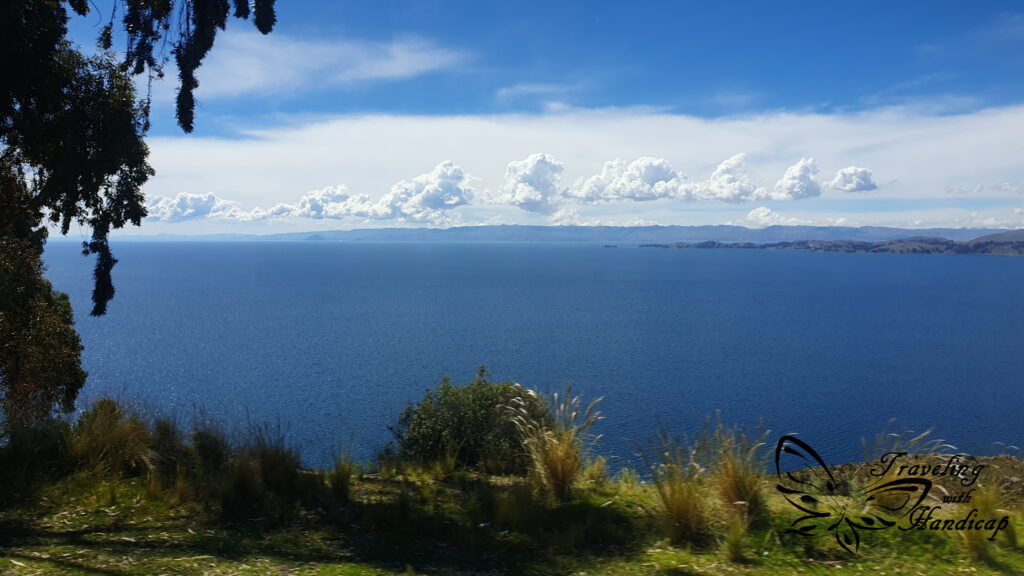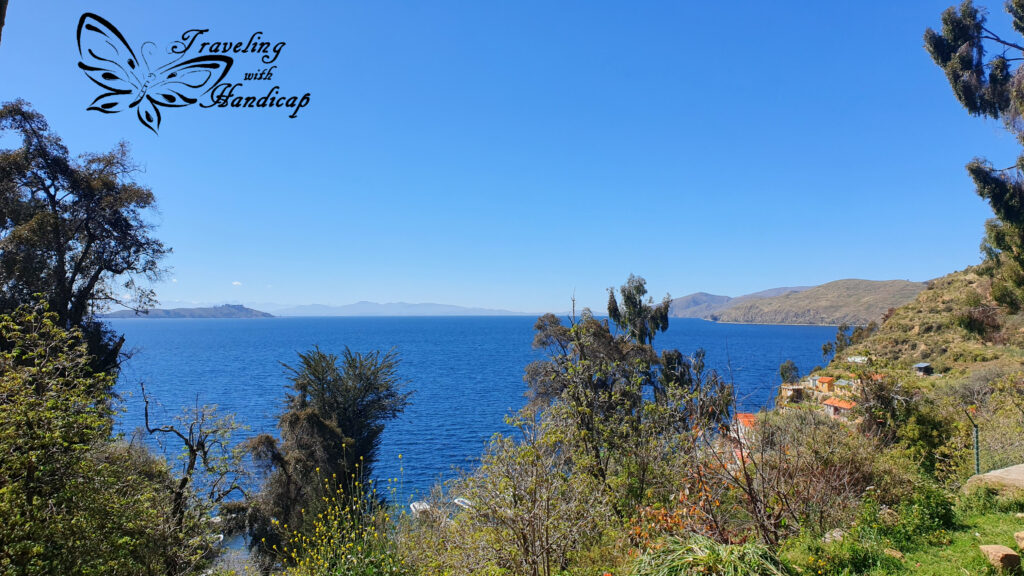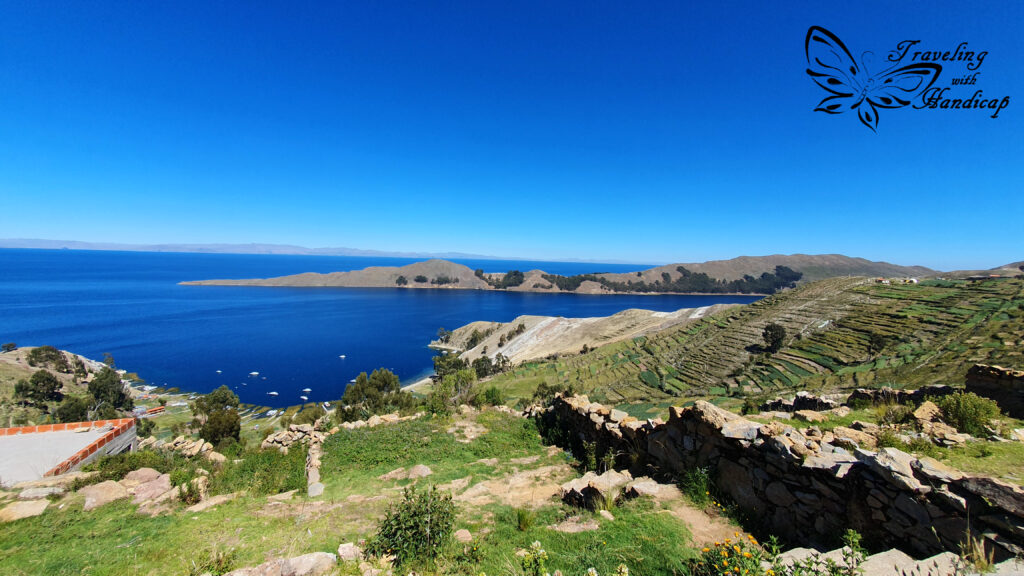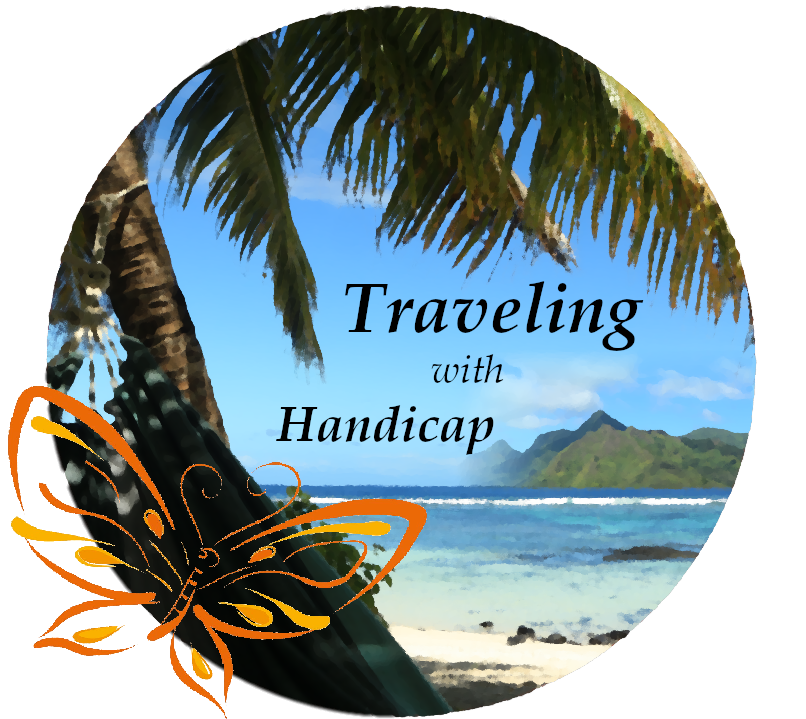We don’t receive wisdom; we must discover it for ourselves after a journey that no one can take for us or spare us.
Marcel Proust
Different “entry points” for visiting the Titicaca lake
The Titicaca lake is the largest fresh water lake within South America. Moreover, it’s the highest (in altitude 3812 m) (commercially) shippable lake in the world. The highest lake in altitude is actually on Chilean side located within the Parque Nacional Lauca, the Lago Chungará. Located at the border between Bolivia and Peru, the Titicaca lake is in parts Bolivian and other parts Peruvian. Actually, no matter where you are at the lake, it’s very easy (because not far) to get to the other country.
For passport/ immigration formalities, there are no border crossings available by boat, you have to take the land route. Many international buses connect Puno (and other cities further away) on the Peruvian side of the lake with Copacabana on the Bolivian side. Actually, there is no direct land-route from Bolivian mainland to Copacabana, you have to take a little ferry (lanchas) once. The border to Peru is located close to Copacabana and then no more ferry is needed in Peru.



On Bolivian side: people go to Copacabana and from there take boats (lanchas) to the Isla del Sol (and/or Isla de la Luna).
On Peruvian side: the entry point to the lake is the town Puno. From there, lancha cruises are offered to some totora-built “floating islands” of the Uru people. However, I’ve heard that the island to be visited are rather made and created for tourists. Not sure if you are able to visit normal people and share some days with them living on a floating island.
The Bolivian hub for the lake: Copacabana
Getting there
Apart from international transfers from southern Peru (Puno, Arequipa and others), there are many minibuses / vans connecting La Paz with the Titicaca Lake. One minibus ride costs 20 bolivianos (approx. 3 €) and takes 3–4 hours, depending on traffic. I recommend this connection (and avoiding the more expensive tourist bus) to or from La Paz. Minibuses leave every hour or more often, depending on the amount of people, as they head off as soon as they are full.
The route out of La Paz is not really special. However, as soon as you see the lake, you will have some spots with good views along the way. I sat on the right side of the bus which was good for viewpoints on the way to Copacabana.


What to do
Honestly, the town of Copacabana is not really special. As the majority of Bolivian towns, it consists of many unpatched houses. Some hotels are finished at the front side facing the road, but don’t expect finished houses on the part facing the rear. Tourists normally come to Copacabana not for the town itself but to have an access point to the Isla del Sol within the Titicaca Lake (this is what I would recommend).


I stayed in Copacabana for 2 nights and did a day trip to the Isla del Sol. You might as well not stay in Copacabana and head from the bus terminal directly to the island and vice versa. Just ensure that you arrive early enough to be able to take the afternoon lancha/boat service to the island.



If you have some time in Copacabana
… there are a few things you can do:
- Basilica of Our Lady of Copacabana
- Monumento de Avaroa
- walking along the beach for sunrise
- watching the sunset from the beach


Similar to other places in Bolivia, there are poor people on the roads begging. Just be aware of your belongings. Copacabana is a very touristy spot because of the access to the Isla del Sol – and pickpockets are aware of that.



The Isla del Sol
How to get there
The island (island of the sun) is reachable through lanchas from Copacabana. Depending on where you want to go, you have to approach a different harbor on the island. Depending on the harbor, there are different schedules of the lancha departure times from Copacabana. On the island, you have to pay an entry fee (which has different rates, one for Bolivians, one for tourists), of course – as nearly everywhere in Bolivia – in cash.



Options how to visit the island
- Day trip to/from
- the southern harbor, walking around and to viewpoints in the southern part
- the north harbor, exploring the north with some Inca ruins still remaining on the island
- to the north and return from the south, walking across the island (it’s possible, but you seem to not have much time for breaks to ensure catching the return ferry)
- Staying on the island (north or south, while most hotels are available in the south, in Yumani), hiking and watching sunrises and sunsets
Don’t underestimate the time it takes to ride the lancha, 2 hours (or a bit more) one way. A one-way ticket with the tourist lancha was 30 bolivianos. When buying a return ticket (2-way), you could get the tickets for 50 bolivianos in total. If you want to stay on the island and be spontaneous regarding your return trip, it’s possible to buy your ticket at the harbor.



What to do on the Southern Island
I did a day trip to and from the southern port of the island. I didn’t want to risk not catching the return lancha when hiking across the island. Likewise, I assume you get the best idea of the island and vibes if you hike across the island. Nevertheless, there are great viewpoints on the southern part.


Not only official viewpoints. When I reached Yumani, after climbing many steps (Inca Stairs) up, I followed the track towards the “northern island” as it was uphill. I thought, at one point I’ll reach a point where I’ll have a view to both sides of the island. Just beyond this point, following the way towards the mirador Palla Khasa, there are many little restaurants. I went into one of them, had pancakes with fruit and coffee and enjoyed, ingested, the astonishing view. The cover pic of this article shows my view from the restaurant. 😉
Inca Stairs
Consider that the lake is already at an altitude of 3812 m. For high altitude hiking, you need to walk slowly. Even with only a tiny day pack, climbing the stairs takes some time. If you have even all your stuff with you, as you are staying on the island, it might either take more time to climb the stairs or you might be able to rent a donkey.
There are many donkeys on the island as people use them for transportation purposes. Whatever they need is shipped by one of the lanchas (from Copacabana) and then loaded on the donkeys to transport the stuff uphill. There are not only the Inca Stairs, some hotels of the side of Yumani have their own tracks to get there. Nevertheless, it’s impressive to climb stairs which already Incas have built and used.


Fuente Inca (de la Eterna Juventud)
A fountain at the upper end of the Inca Stairs, which invites you to take the first break with a view before you continue walking uphill on other types of uneven stairs.

Mirador Palla Khasa
I followed the way towards the “northern island” and ended up in a nice café with a stunning view. Then, after the break, I got curious and continued to walk further uphill. I walked until the Mirador Palla Khasa from where you have a stunning view surrounding the island. Of course, you cannot spot all parts of the “norther part” since you are still far away. Nevertheless, I really recommend walking there.


This viewpoint offers a great impression of the size of the island, its vegetation and the size of the Titicaca Lake. You won’t be able to see all the coast of Peru, it’s simply too far away. Moreover, you have a great view to the Isla de la Luna, the neighboring island to the Isla del Sol as well as the mountain range which you also see from La Paz.


The Isla de la Luna is much smaller than the Isla del Sol and less frequently visited by lanchas. If you want to explore many Inca ruins, you will find also some former temples on the Isla de la Luna (island of the moon). Then you would have to stay on both islands to get the best out of your time.
Peak of Cerro Queñuani
After walking back from the mirador, I had some time available until the lancha departed, so I decided to walk to another mirador, the Peak of Cerro Queñuani. From this (almost) end, you are very close to the “mainland” with Copacabana. The walk to the peak passes through a forest which reminded me of Eucalypti plants in Australia. Then, I saw a little football field with some alpacas chilling around next to it.
On the peak there are some remains of Inca culture available as well. You could continue walking towards the Templo del Sol which I didn’t.


Templo del Sol
The temple of the sun is one of the famous Inca ruins of the Isla del Sol. You definitely pass by it on the lancha. When staying on the island, you may walk there. I had a good view from the lancha and therefore explored other miradors on the island. Nevertheless and unexpectedly, the tourist lancha stopped there on the return trip towards Copacabana.

We got 20 minutes to walk around (which were sufficient as the temple is not super huge). However, without proper information from a guide, there is no information on how the temple has been used. In this context, the stop was only made for taking pictures but not learning about Inca culture.







